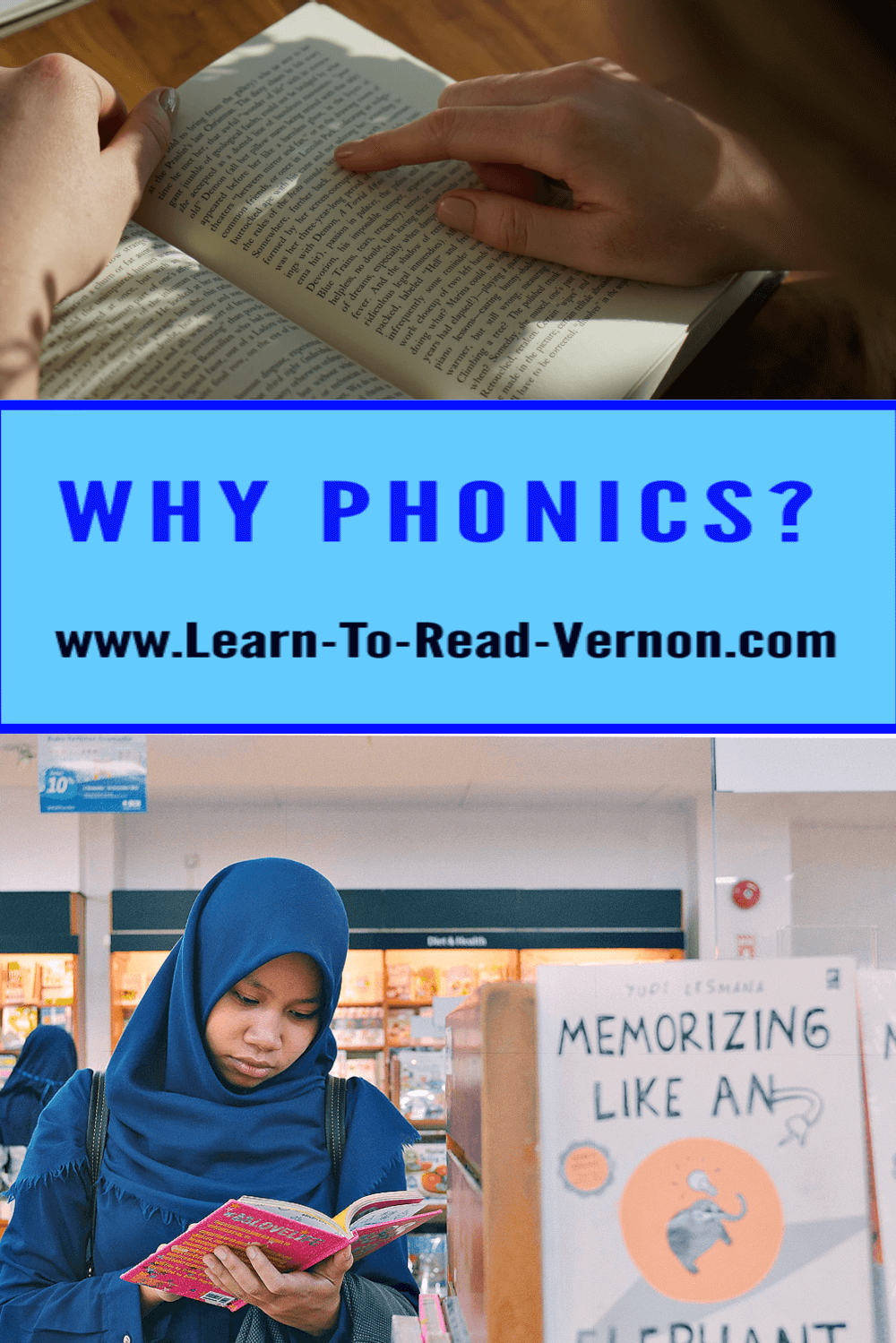| site search by freefind | advanced |
- Home
- Learn To Read
- Why Use Phonics
Why Use Phonics?
Note: If you purchase anything from links on this site, I may make a commission.
Join our Facebook page.
Why use Phonics to teach reading? Phonics is simply the method of learning to read by sounds. It is commonly believed that it developed about 5,000 years ago when the Phoenicians invented the first-known alphabet. By putting sounds and symbols together, the average Phoenician could learn to read quickly.
Some people dislike "ancient" wisdom, but when that wisdom is based on unchanging principles - not fashions or technology - it is timeless. This rule can apply to many core systems, such as math, morals, and phonics. What worked then still works today. We may add to our knowledge or advance our applications, but the foundation remains the same. If you abandon the foundation, the building collapses.
Why Use Phonics?
Phonics is learning the letter sounds, knowing that some letters make more than one sound ["A" makes nine sounds!], and discovering the rules that tell when the letters will make which sounds. It may seem complicated, but when presented in small, easy-to-learn steps, even first graders can master reading. It is fun to see the first graders read and correctly spell words like "chrysanthemum." The good news is that 16 of our alphabet's 26 letters only make one sound and are easy to learn. That only leaves ten letters which produce more than one sound.
Please keep in mind that, unlike talking, reading is a learned skill that must be taught. The two ways used to teach reading are the Whole Word method and Phonetics [or a combination of them]. A person who uses the Whole Word method is limited in reading to the number of words they can memorize. A person who knows the phonetic rules can read about 80% of English's 700,000 + words.
Some people have tried phonetic programs and still have a difficult time reading. The main reason is that all phonetic programs are not created equal. Some phonics is better than no phonics, and some people can learn reading easier than others. Keep in mind that phonetics was largely abandoned about 100 years ago. Many of the current phonetic programs are unaware of all the rules involved [we teach 44 rules in bite-size lessons], and some do not present the rules they know in simple and logical steps. Many of these programs use pictures as a teaching tool. Pictures are great when you are reading a story - but not when you are learning to read. Pictures encourage a student to guess the word instead of taking the time to pronounce it. It is vitally important to the reading process to sound words out; otherwise, we are using the picture-processing part of the brain instead of the language-processing part. Never guess!
Academic Associates presents all the phonetic rules in simple, logical steps. It has a tremendous success rate even with students who have struggled or failed with other phonetic programs. Phonics is the best way to learn to read; for some students, it will be the only way they can learn to read. If students speak English, they can be taught to read English.
Sign up for our phonics reading program now. The average student completes it with only 30 to 60 hours of instruction. Reading proficiency is within your grasp.



